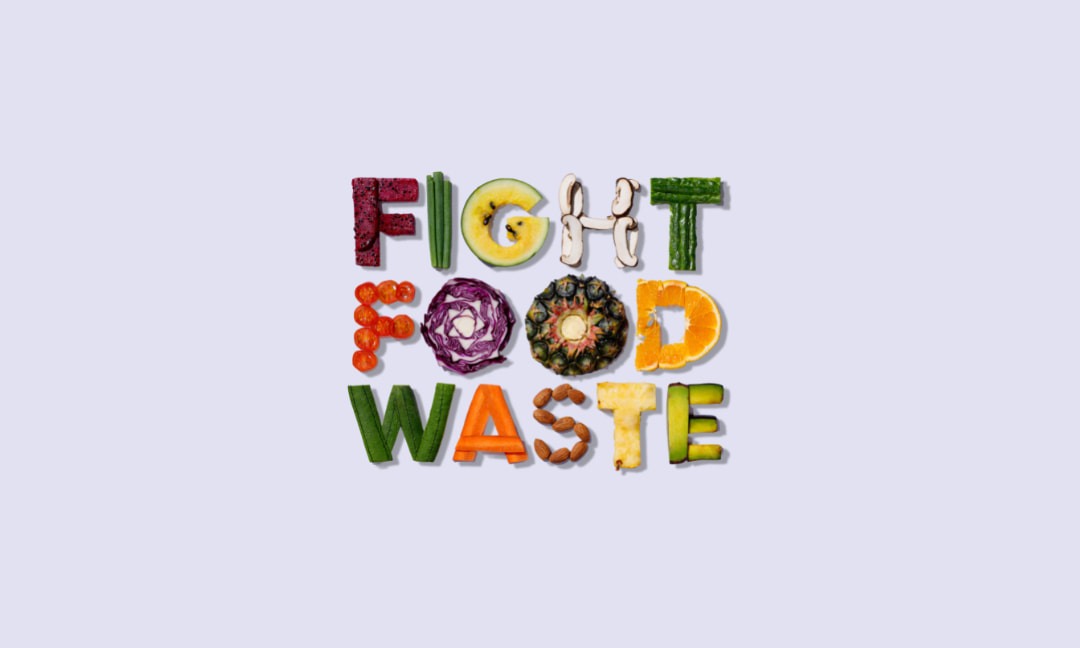
7 Ways to Reduce Food Waste at Home
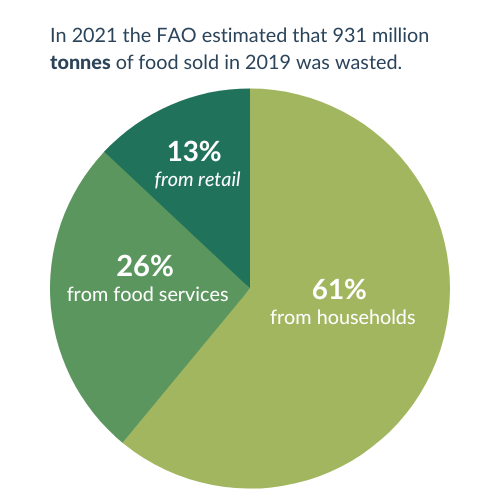
Food waste has become a rising global problem as millions of tonnes of food are thrown away and wasted.
In 2021 the Food Agricultural Organisation (FAO) estimated that 931 million tonnes of food sold in 2019 was wasted.
- 61% of this total food waste came from households.
- 26% came from food services.
- 13% from retail.
The estimation suggested that 17% of the total food production is going to waste.
The prosperity of developed countries and the low food prices are the leading causes of food waste in most places. On the other hand, in developing countries, food losses and wastes occur mainly because of poor quality standards, inappropriate food packaging systems, and inadequate transportation, storage and market facilities.
Food loss results from consumers' tendency to buy more food than their necessities or the amount they can consume.
When we waste food, it seems that only the food has been wasted, but the basic fact is that the energy, fertiliser, and all the costs associated with farming/food production are wasted too.
Generally, food waste is produced at almost all stages of the food supply chain; however, the average food waste is significantly higher in households compared to the food service and retail sectors. This article will briefly discuss how one can reduce food waste at home.
What can we do to reduce food waste?
- 1
- Plan your garden
A practical garden plan includes choosing the right location, crops or vegetables, irrigation, and a fertilisation schedule. If the grown crops don't suit the climate, soil, and other environmental factors, your gardening plan will be an ongoing struggle. Hence, it would be best if you had the right plan for your garden before starting to produce crops.
Furthermore, the fertilisation approach is another essential part of garden planning. Some growers prefer using inorganic fertilisers to obtain quick yields, while others opt for organic ones to grow produce higher in nutrition. In the latter approach, you can supplement the fertiliser by converting food waste into compost and then reduce the cost of fertiliser. Choosing the right companion plants can also be a practical part of garden planning. Companion plants don't compete for nutrients and space, and you can grow more crops in the garden successfully.
- 2
- Harvest daily only what you need for the day.
Many people harvest more than their daily needs, which leads to food waste that could lead to using up the harvest too quickly. We recommend preparing a succession row for the crops to avoid these situations allowing an even yield on a regular (daily or weekly) basis. In this way, harvest periods can also be staggered. As a result, avoiding excess production in a single week will be possible. Another option is to plant and harvest only those vegetables that have a higher demand. If your family members don't like eating many beans, there is no point in growing an excess of them unless you can share them with a friend or neighbour.
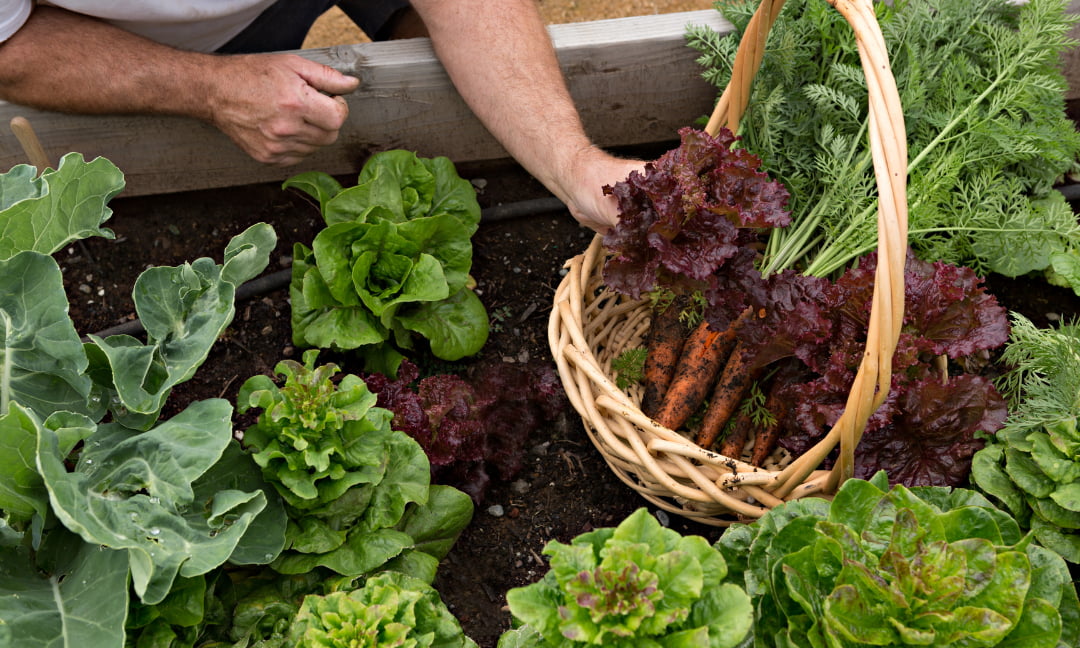
- 3
- Store it
Many people don't know how to store excess harvest for future use - storing it properly delays premature ripening and rotting. Store the extra harvest in breathable bags in controlled environments that suit the crop type and reduce a significant amount of food from being wasted. Produce can also be successfully “canned” in jars or cans with a canning instrument.
Some fruits or vegetables produce ethylene gas, which ripens them quickly. You should separate those food items to minimise the risk of food spoiling. Some foods that create a good amount of ethylene gas are:- Avocados
- Bananas
- Tomatoes
- Peaches
- Pears
- Rock melon
- Spring onions
- 4
- Freeze it
Freezing is an effective way to prevent a large amount of food from being spoiled. Ways this can be done include:
- Cooking meals and freezing them or just the excess.
- Chop crops like onions, pumpkins, and potatoes and then bag and freeze them.
- Herbs - freeze them when chopped; alternatively create mixed herbs and garlic, then place them with olive oil in ice cube trays.
Hot or raw, while freezing, keep it in an air-tight box or container or wrap it tightly in a foil.
Special offers in stores? If you buy more food or meat, you should keep them separately in different bags and freeze them. Thus, foods with higher water content, like tomatoes and strawberries, can be frozen, and you can later use them in various dishes.
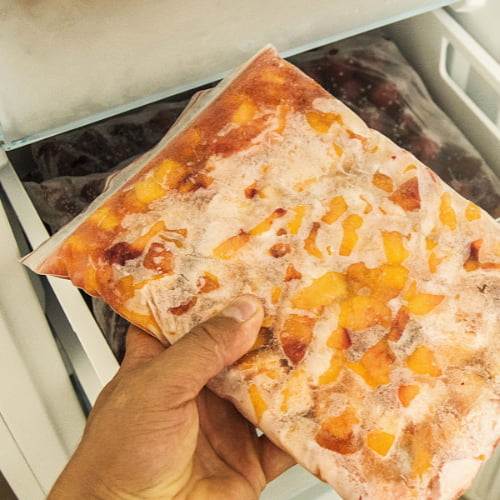
- 5
- Canning and jamming
Canning and jamming are quite popular methods for preserving food. Making jams from your berries, compote from your pineapples, and pickles from your cucumbers is a great way to ensure your harvest doesn't go to waste.
There are two ways for canning; Foods with a higher acid content, like vegetables and fruits, can be preserved in water bath canning. Red meats, milk, seafood, poultry, or food with lower acid content can be kept by pressure canning.
Fermentation is a more straightforward preservation method, but it gives the food a tangy flavour and reduces the pH. The tight sealing during the canning prevents the growth of undesirable bacteria responsible for food spoiling.
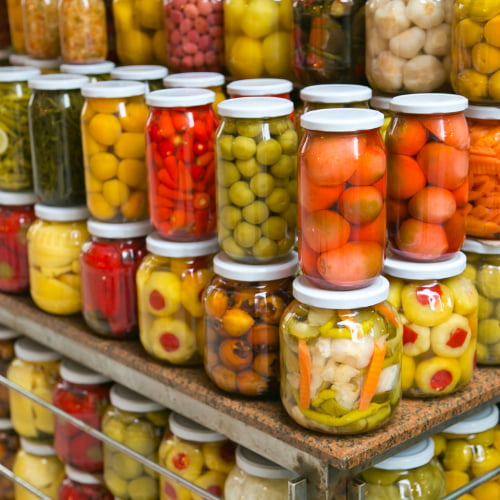
- 6
- Share it!
You can share the extra food with your neighbours, friends, family or the community! You can swap crops, give gifts to friends and inspire them to garden, donate to charity or share it in your local Facebook group, and you might get to know some new local friends and growers around you.
Sharing food with the community is a great way to reduce food waste. There is likely to be someone close by who would love to share your successful crops!
- 7
- Sell it
You can post them on gumtree or marketplaces or even set up a small market stall outside your house; it is a great kids' activity and a great way to educate them on a few different levels. Nowadays, you can find many eCommerce websites which accept fresh produce for selling.
What to do with food that goes off, scraps, and garden waste?
Even after we took the necessary steps for preserving foods, there's still waste, like peels and scraps. One can easily use these wastes to prepare compost, an excellent organic fertiliser containing macro and micronutrients required for plant growth.
Bokashi Composting Australia provides an excellent kitchen composting system designed to make compost from kitchen or garden scraps. You only need to transfer the waste to the bucket and tighten the seal to prevent odour. To facilitate the composting process, you can also use Bokashi One Mix, which contains beneficial microbes.
For more information on composting read our blog: Importance of composting at home
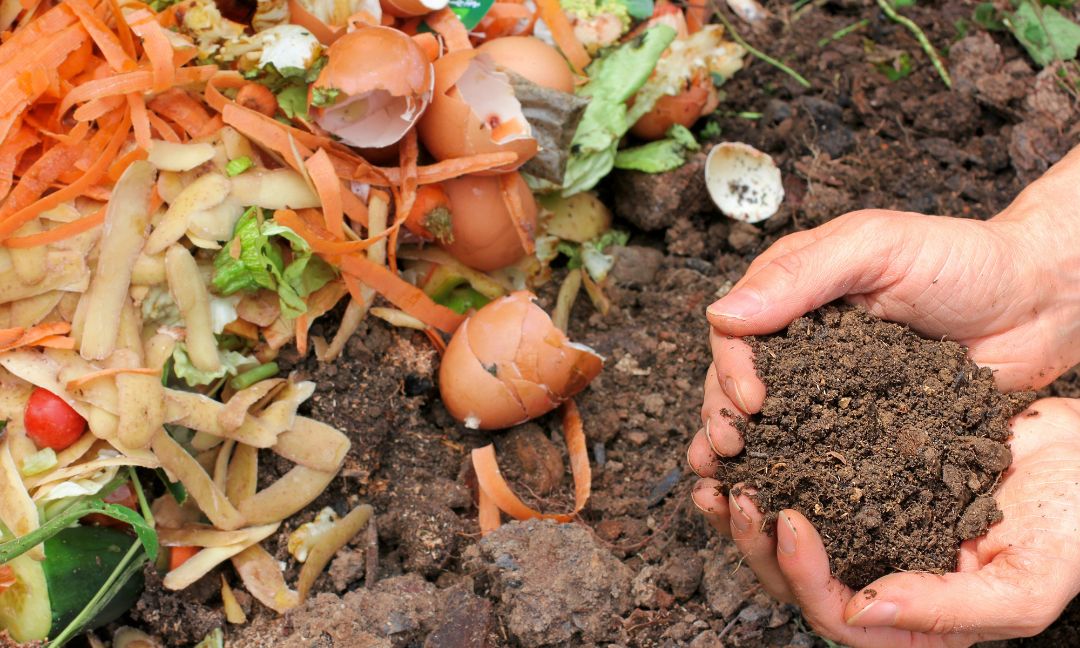
References
FAO. 2021. FOOD WASTE INDEX REPORT 2021. Available at: https://wedocs.unep.org/bitstream/handle/20.500.11822/35280/FoodWaste.pdf
